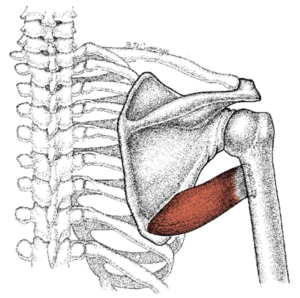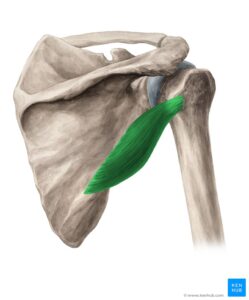Introduction
If you’re aiming to develop well-defined legs, the teardrop quad, scientifically known as the vastus medialis oblique (VMO), is an essential muscle to target, playing a vital role in knee stability and overall leg strength. Not only does it contribute to the aesthetic “teardrop” shape above the knee, but it’s also crucial for preventing injuries and enhancing athletic performance. In this guide, we’ll explore how to get teardrop quads through targeted exercises, effective training techniques, and a well-rounded workout routine. Whether you’re a seasoned athlete or just beginning your fitness journey, this guide will help you unlock the potential of your VMO, and how to get teardrop quads of renown.
How To Get Teardrop Quads: Understanding the VMO
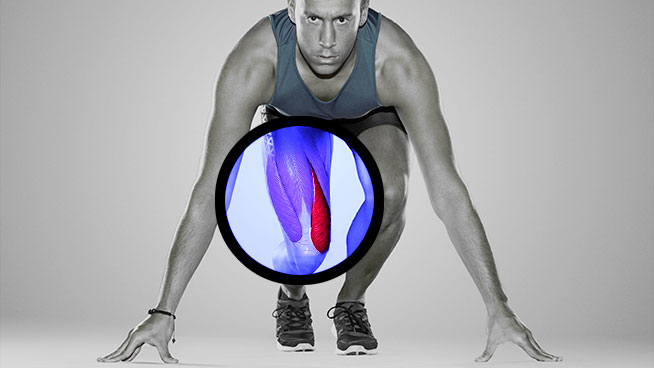
Anatomy Overview
The quadriceps, or quads, are a group of four muscles located at the front of your thigh. These include the vastus lateralis, vastus intermedius, vastus medialis, and rectus femoris. Among these, the vastus medialis is the muscle that forms the teardrop shape near your knee, specifically the vastus medialis oblique (VMO). The VMO is the most medial (inner) part of the quadriceps group and plays a crucial role in stabilizing the patella (kneecap) during movement.
Function
The VMO is responsible for extending the knee and maintaining patellar alignment, which is critical for activities like running, squatting, and jumping. A well-developed VMO not only enhances the appearance of your legs but also contributes to knee health by preventing common injuries such as patellar tendinitis and knee tracking issues.
Common Misconceptions
A common misconception is that the VMO is difficult to target and requires special exercises. While the VMO can be tricky to isolate, it is possible to emphasize this muscle through specific movements and techniques. Understanding the right exercises and applying the correct form will help you develop these muscles.
How To Get Teardrop Quads: Best VMO Exercises
Achieving teardrop quads requires a combination of exercises that specifically target the VMO. Let’s explore some of the most effective exercises on how to get teardrop quads:
Close-Stance Squats

Close-stance squats are an excellent exercise for targeting the VMO because they shift more of the load onto the inner part of the quads.
- How to Perform: Stand with your feet shoulder-width apart or closer, toes slightly pointing forward. Hold a barbell across your upper back or dumbbells at your sides. Lower your body into a squat by pushing your hips back and bending your knees. Keep your chest up and back straight. Go as deep as you can while maintaining proper form, then push through your heels to return to the starting position.
- Tips: Keep the weight on your heels and focus on squeezing the VMO at the top of the movement. Perform 3-4 sets of 8-12 reps.
Leg Extensions with Internal Rotation
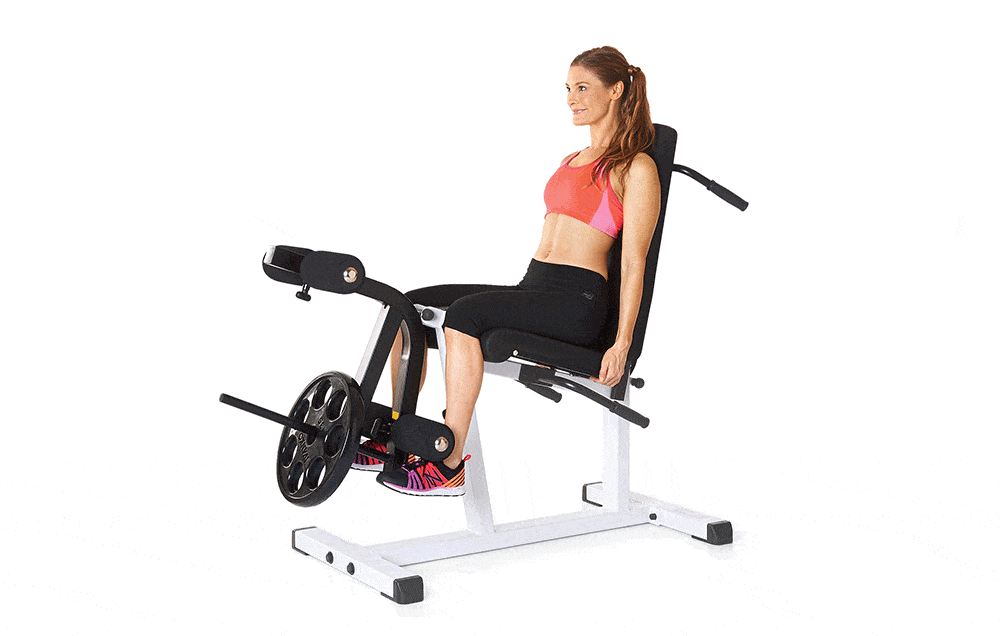
Leg extensions are a staple for quad development, but adding an internal rotation can help focus on the VMO.
- How to Perform: Sit on a leg extension machine with your legs under the pad and feet pointed forward. As you extend your legs, slightly rotate your feet inward (towards each other). Pause at the top of the movement, squeezing the VMO before lowering the weight back down.
- Tips: Use a moderate weight to ensure full control and avoid swinging your legs. Perform 3-4 sets of 12-15 reps.
Step-Ups

Step-ups are great for targeting the VMO, especially when performed with a slight forward lean and emphasis on the heel of the stepping leg.
- How to Perform: Stand in front of a bench or sturdy platform. Place one foot on the bench with your knee bent at 90 degrees. Push through the heel of your elevated foot to lift your body onto the bench, bringing the other foot up to meet it. Slowly lower yourself back down.
- Tips: Keep your torso slightly leaning forward to engage the VMO more effectively. Perform 3-4 sets of 10-12 reps per leg.
Lunges

Lunges are another effective exercise for targeting the VMO, especially when performed with a focus on knee drive and stability.
- How to Perform: Stand with your feet together. Take a step forward with one leg, lowering your hips until both knees are bent at a 90-degree angle. Push through the heel of your front foot to return to the starting position.
- Variations: Incorporate walking lunges and reverse lunges to add variety and challenge to your routine.
- Tips: Focus on driving through the heel and keeping your knee in line with your toes. Perform 3-4 sets of 8-10 reps per leg.
How To Get Teardrop Quads: Training Techniques for Maximum VMO Activation
In addition to choosing the right exercises, employing specific training techniques can significantly enhance VMO activation. Here are some strategies to maximize your results:
Mind-Muscle Connection

The mind-muscle connection is crucial when targeting the VMO. This technique involves consciously focusing on the muscle you’re working during each exercise. By directing your attention to the VMO, you can improve muscle activation and efficiency.
- How to Apply: During exercises like close-stance squats or leg extensions, visualize the VMO contracting and working hard. This mental focus can lead to better muscle recruitment and growth.
Tempo Training
Tempo training involves controlling the speed at which you perform each phase of an exercise, particularly the eccentric (lowering) phase. Slowing down the eccentric phase increases time under tension, which is beneficial for muscle hypertrophy.
- How to Apply: For exercises like leg extensions or lunges, take 3-4 seconds to lower the weight or descend into the lunge position, then 1-2 seconds to return to the starting position. This method ensures the VMO is engaged throughout the movement, promoting muscle growth.
High Rep Ranges
The VMO responds well to high-rep training, which helps in achieving muscle endurance and definition. Incorporating higher rep ranges can be particularly effective for isolating and fatiguing the VMO.
- How to Apply: Aim for 15-20 reps per set in exercises like leg extensions and close-stance squats. This approach not only fatigues the muscle but also enhances the pump, contributing to muscle definition.
How To Get Teardrop Quads: Incorporating VMO Training
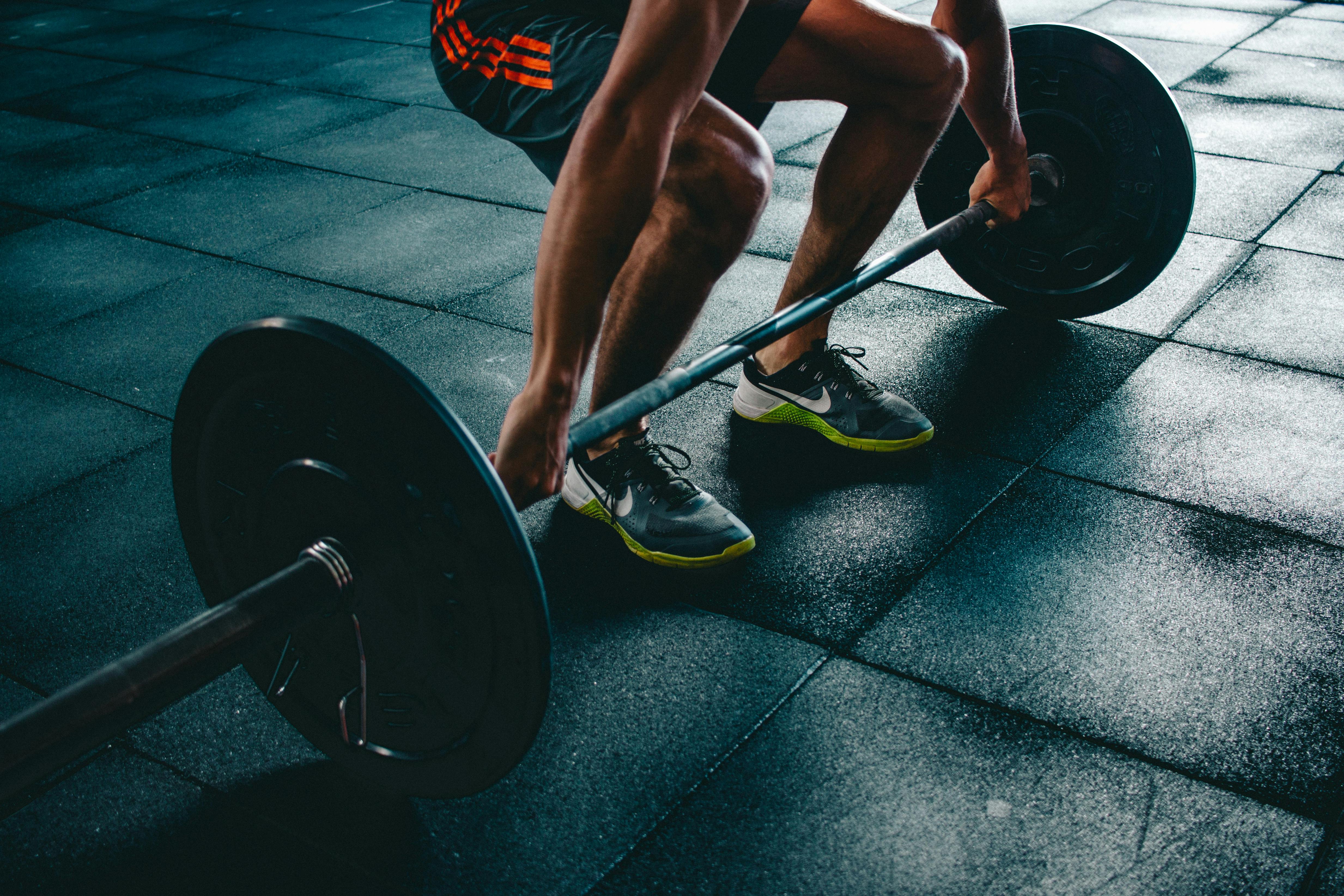
To build and define teardrop quads, it’s essential to integrate VMO-focused exercises into your overall leg training routine. Here’s how you can structure your workouts for optimal results:
How To Get Teardrop Quads: Sample Workout Routine
Day 1: VMO Emphasis
- Warm-up: 10 minutes of light cardio (cycling or brisk walking)
- Close-Stance Squats: 4 sets of 8-12 reps
- Leg Extensions with Internal Rotation: 4 sets of 12-15 reps
- Step-Ups: 3 sets of 10-12 reps per leg
- Walking Lunges: 3 sets of 8-10 reps per leg
- Cool Down: 5-10 minutes of stretching, focusing on the quads and hip flexors
Day 2: Full Leg Day
- Warm-up: 10 minutes of dynamic stretching
- Barbell Squats: 4 sets of 6-10 reps
- Leg Press (feet together): 4 sets of 8-12 reps
- Romanian Deadlifts: 3 sets of 8-10 reps
- Bulgarian Split Squats: 3 sets of 8-10 reps per leg
- Calf Raises: 4 sets of 15-20 reps
- Cool Down: 5-10 minutes of stretching
Day 3: Active Recovery
- Low-intensity cardio (e.g., swimming or cycling): 20-30 minutes
- Mobility work: 15-20 minutes focusing on hips, knees, and ankles
- Foam rolling: 10-15 minutes to release muscle tension
Rest and Recovery
Rest is just as important as the workout itself. The VMO, like any other muscle, needs time to recover and grow. Make sure to get at least 48 hours of rest between intense leg workouts. During this time, focus on activities that promote recovery, such as stretching, foam rolling, and adequate hydration.
Complementary Exercises
While focusing on the VMO is crucial for achieving teardrop quads, it’s also important to work on the entire quadriceps group for balanced leg development. Incorporate exercises like leg presses, squats, and Romanian deadlifts to ensure all parts of your quads are getting the attention they need.
How To Get Teardrop Quads: Common Mistakes
Even with the right exercises and techniques, certain mistakes can hinder your progress. Here are some common pitfalls to watch out for:
Neglecting the Full Range of Motion
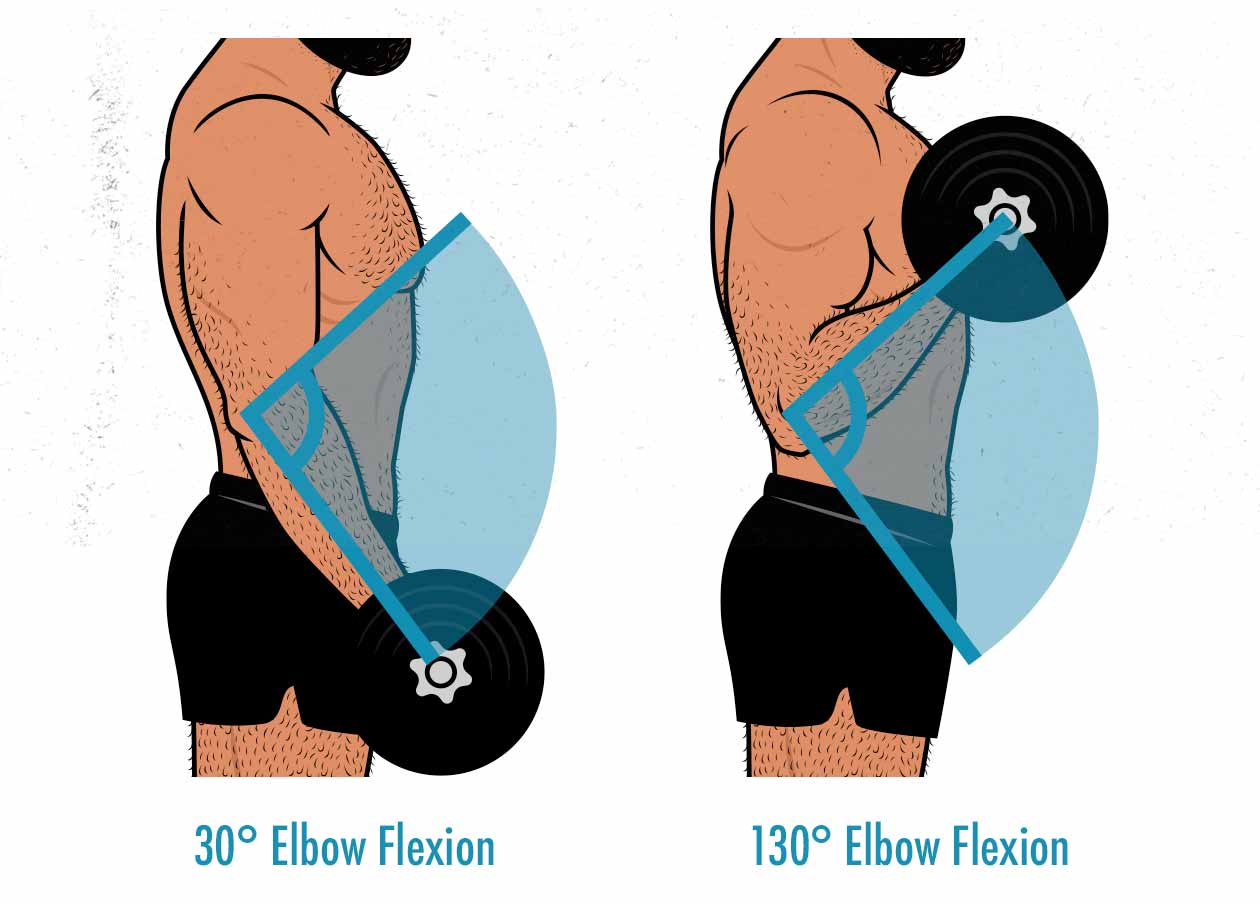
One of the biggest mistakes when targeting the VMO is not using a full range of motion during exercises. Partial reps may limit the muscle activation needed to stimulate growth.
- Solution: Always aim for a full range of motion, especially in exercises like squats and leg extensions. This ensures maximum engagement of the VMO and other quadriceps muscles.
Overtraining
Overtraining can lead to fatigue, decreased performance, and even injury. The VMO, like all muscles, requires adequate recovery time between workouts.
- Solution: Stick to your workout plan and ensure you’re not working the same muscle group on consecutive days. Listen to your body and take additional rest days if needed.
Ignoring Flexibility and Mobility
A lack of flexibility and mobility can limit your ability to perform exercises with proper form, reducing their effectiveness.
- Solution: Incorporate stretching and mobility work into your routine. Focus on the hips, knees, and ankles to improve your range of motion and prevent injuries.
Conclusion
Building and defining the teardrop quad is not just about aesthetics; it’s about improving overall leg strength, stability, and performance. By understanding the anatomy and function of the VMO, choosing the right exercises, and applying effective training techniques, you can achieve the well-defined quads you’ve always wanted. Remember to incorporate these exercises into your routine consistently, prioritize rest and recovery, and avoid common mistakes to see the best results.
With dedication and the right approach, you’ll be on your way to sculpting impressive teardrop quads that not only look great but also support your fitness goals.
Call to Action: Have you tried these exercises before? Share your experiences and progress in the comments below! And don’t forget to sign up for our newsletter to stay updated with more tips and guides on building your best body.



